New York is all about reinvention. Its neighborhoods rise and fall in popularity, only to be reborn as something else. In the process, historic buildings magnetize towards repurposing. They end up as condos or hotels. So it is with Nomad, the area to the north of Madison Square Park and home to Fifth Avenue Hotel.
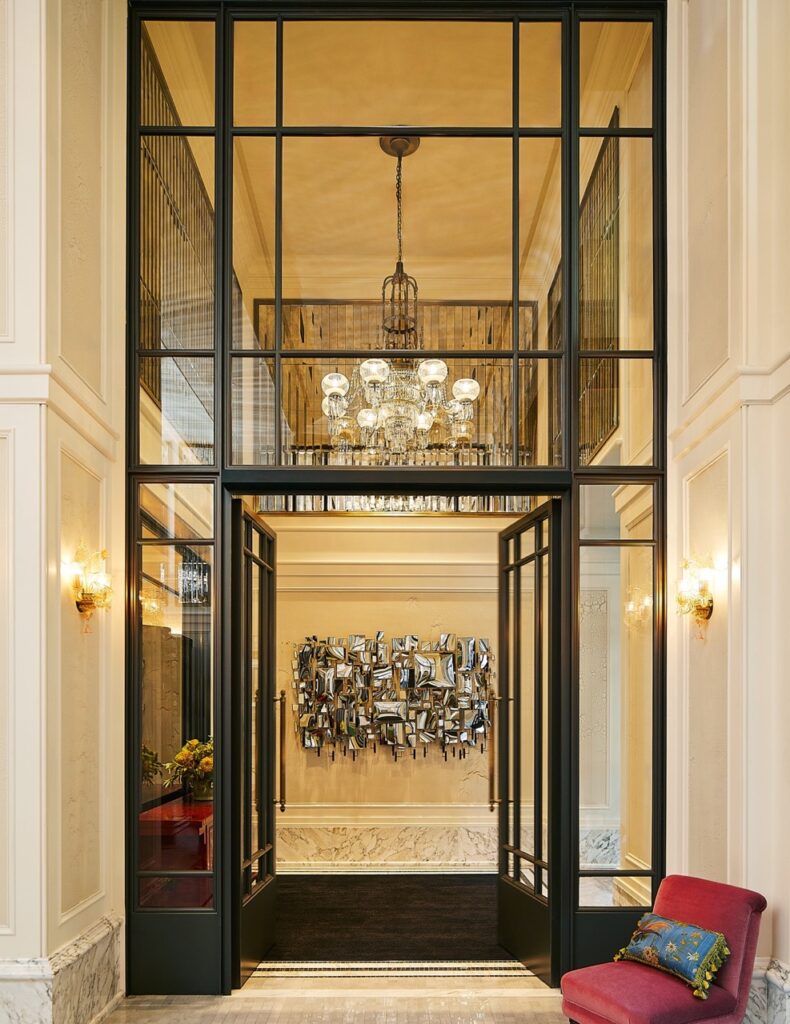
Taking a Staycation at The Fifth Avenue Hotel
In what was originally the Second National Bank, a five-story Renaissance-style palazzo built in 1907 and designed by McKim, Mead, & White, the glitzy new Fifth Avenue Hotel bucks the trend of bland, blond and ivory luxury hotels. In interior designer Martin Brudnizki’s, spaces are luscious and lavish, filled with a confident meeting of texture, hue, and pattern. Rare is the surface that isn’t painted a rich color, inlaid, gilded, covered with exotic-patterned wallpaper, or decorated with an elaborately hand-knotted rug.
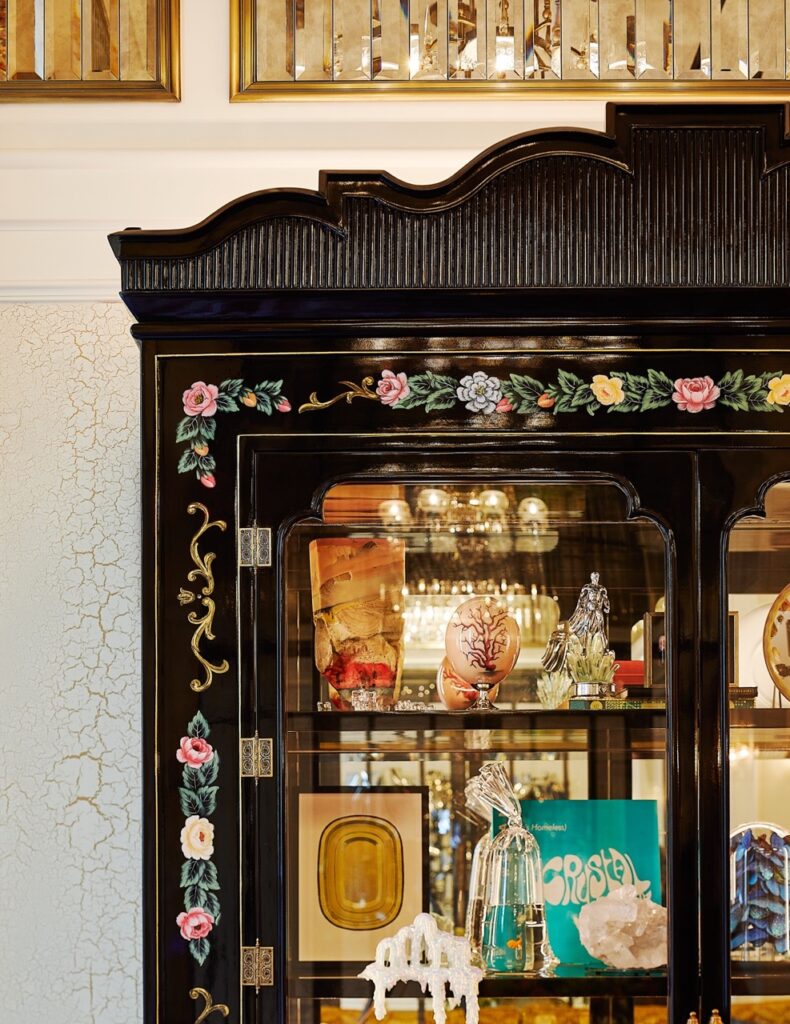
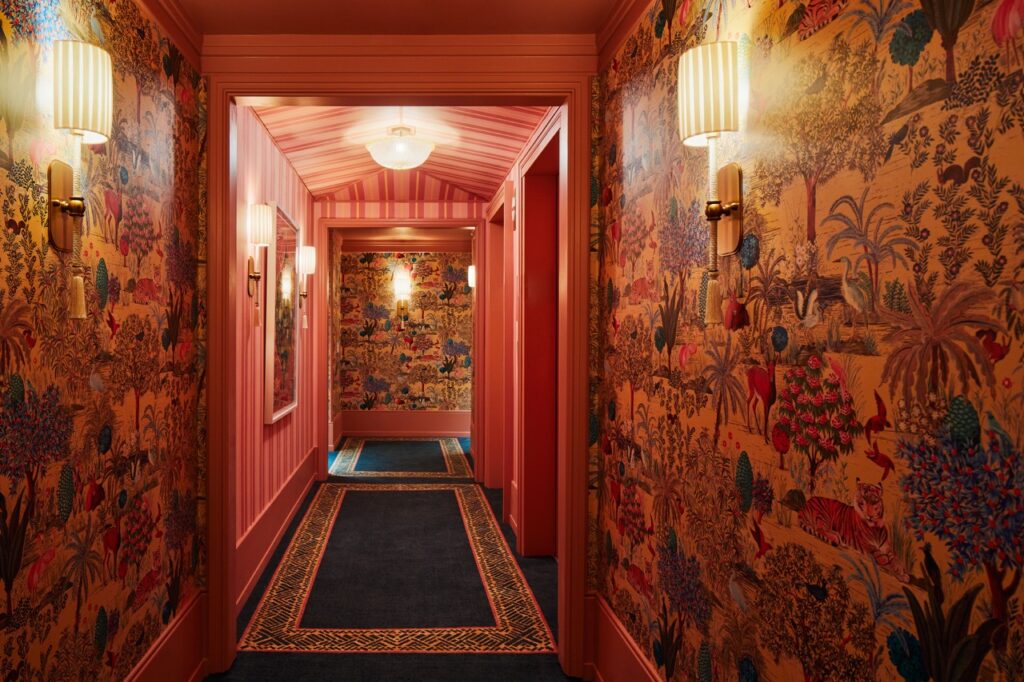
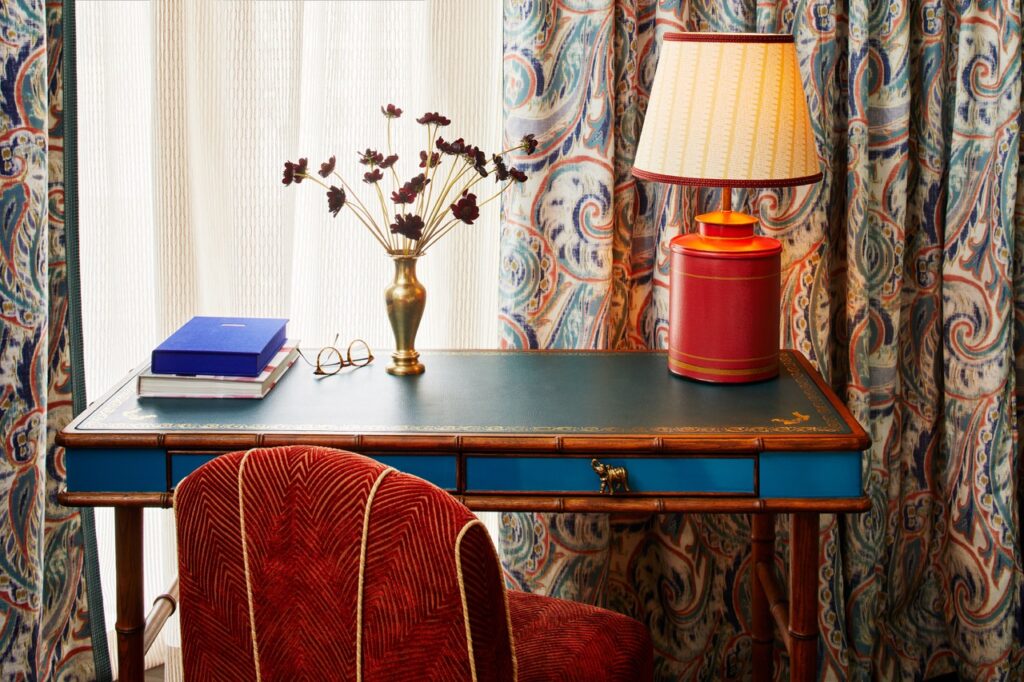
The 153 rooms manage that difficult balance between resembling something out of a Henry James novel and being modern and comfortable, while the public areas have that vibe that makes you feel as if you’ve arrived, although your destination is nothing like what you imagined.
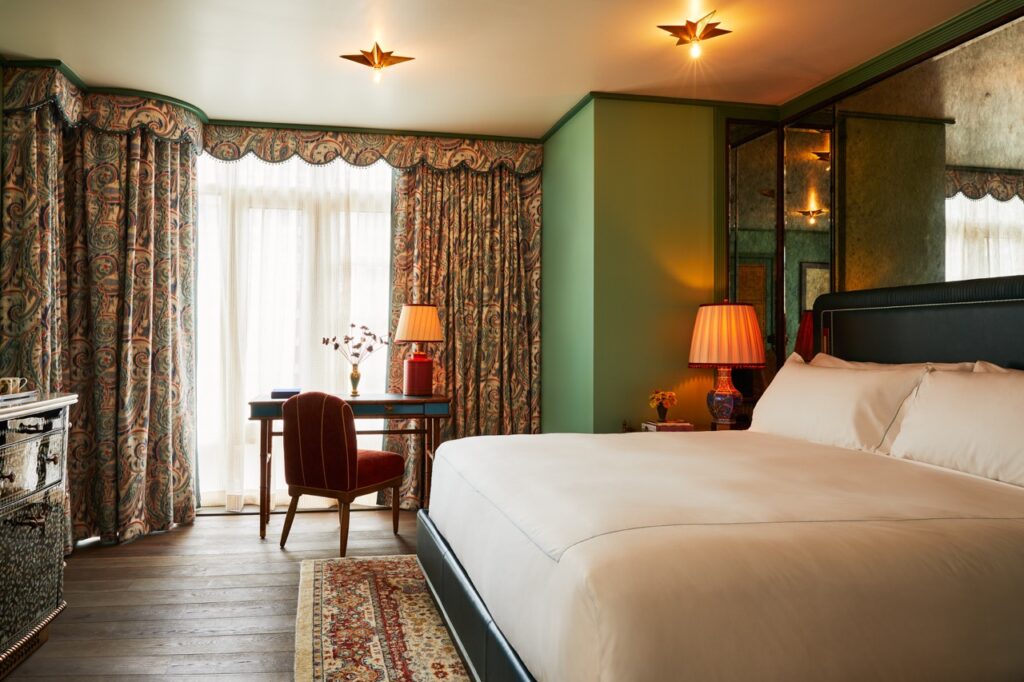
The History of Nomad
The area has a history of attracting high society and creative types, as it does today. Located on what was formerly swampy hunting ground, Madison Square Park opened in 1847. And although the area had originally been filled with dark and narrow row houses, it was soon surrounded by mansions—including the residences of Teddy Roosevelt and Edith Wharton.
A luxury property, also called the Fifth Avenue Hotel, existed on the west side of the park from 1859 to 1908. (It was the first hotel in the US with elevators!). The hotel’s guests include the likes of Mark Twain and numerous presidents including Abraham Lincoln, but, it eventually closed and demolished, but a number of other hotels sprang up nearby.
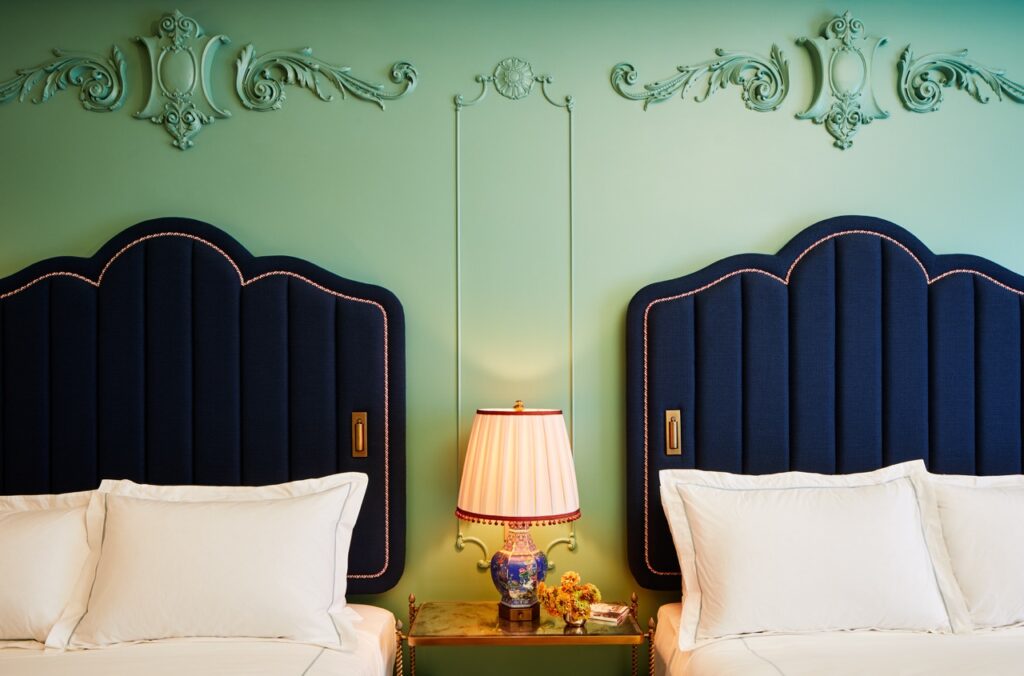
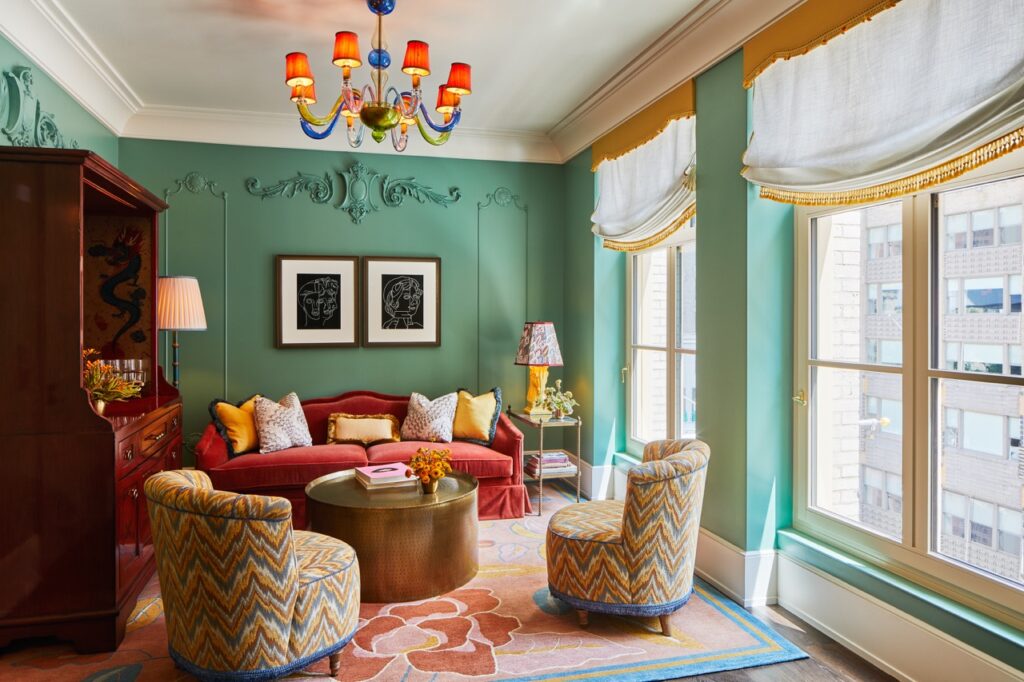
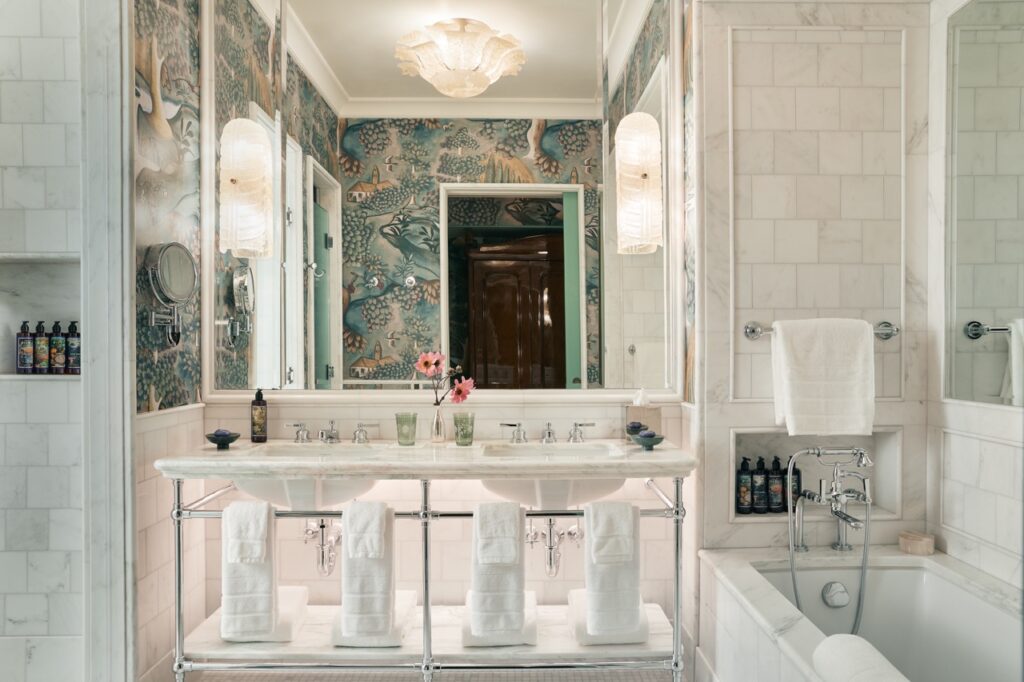
The site of the current Fifth Avenue Hotel, a couple of blocks north, was originally the home of Mrs. Charlotte Goodridge, a prominent society figure during the Gilded Age, when the area was a hub for the literati—including Oscar Wilde and Charles Dickens. The current former bank building required a 10-year restoration, including the addition of modern amenities. A 24-story glass tower designed by Perkins Eastman and PBDW Architects was also added.
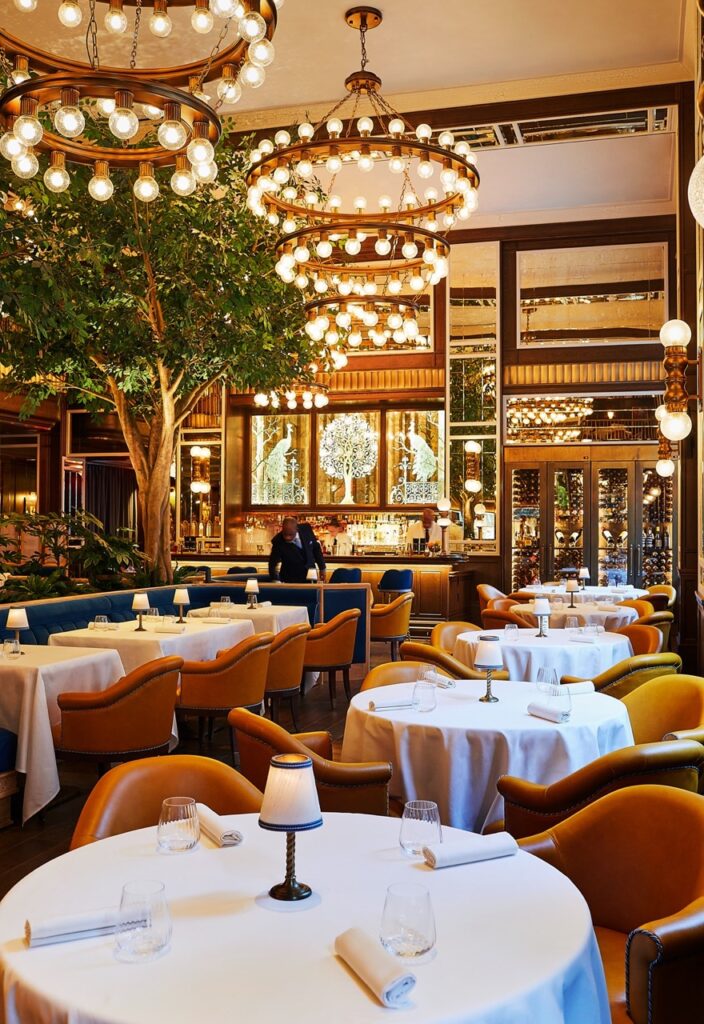
What Awaits Inside
As you enter the hotel, a dazzling mix of faceted mirrors, burled wood panels, and a huge tapestry by artist Pae White await—it takes your eyes a moment to adjust to it all. The restaurant, Café Carmellini, is a cozy yet opulent mix of dark wood, mustard-colored leather, and blue velvet, while it’s seemingly infinite lightbulbs in chandeliers, sconces, and table lamps fill the space with an inviting atmosphere that’s convivial yet intimate and sexy.
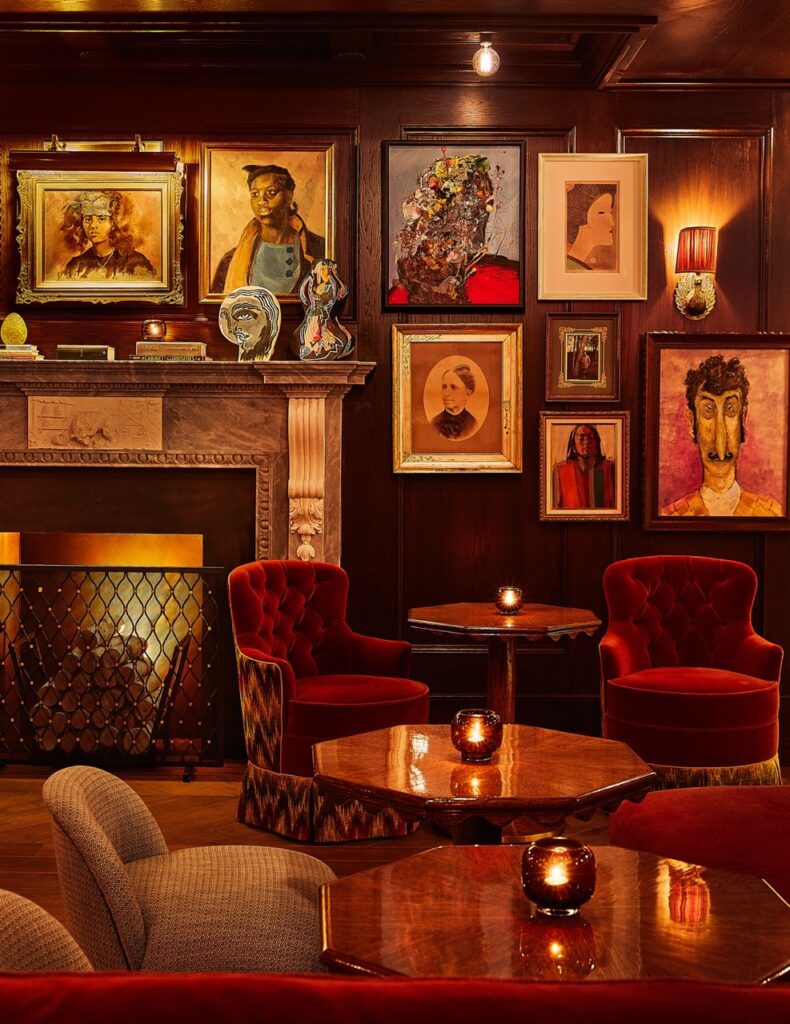

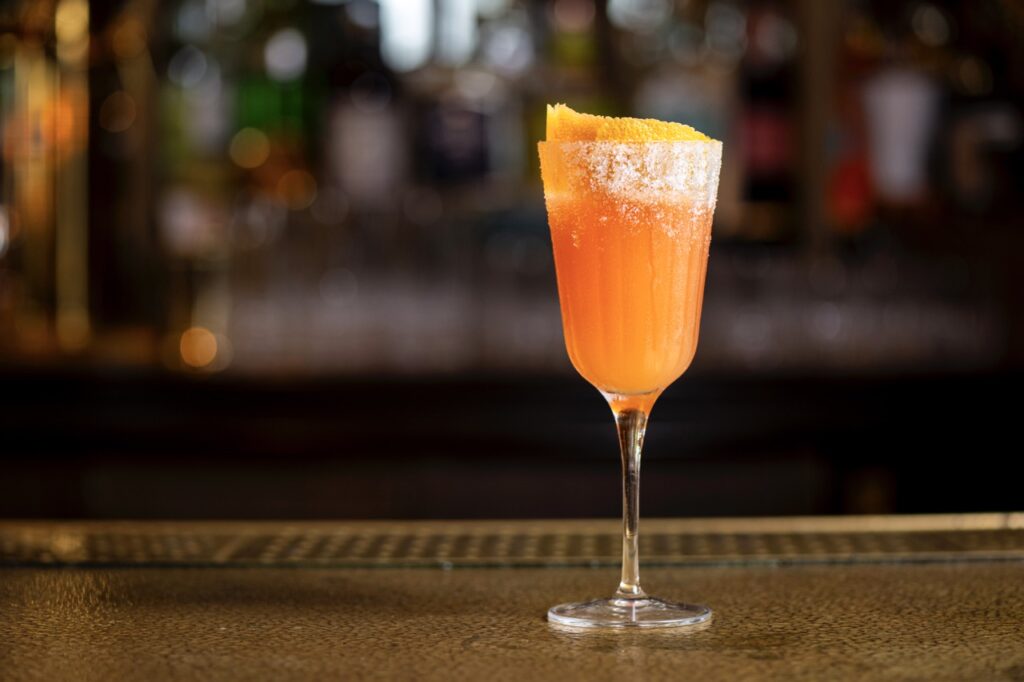
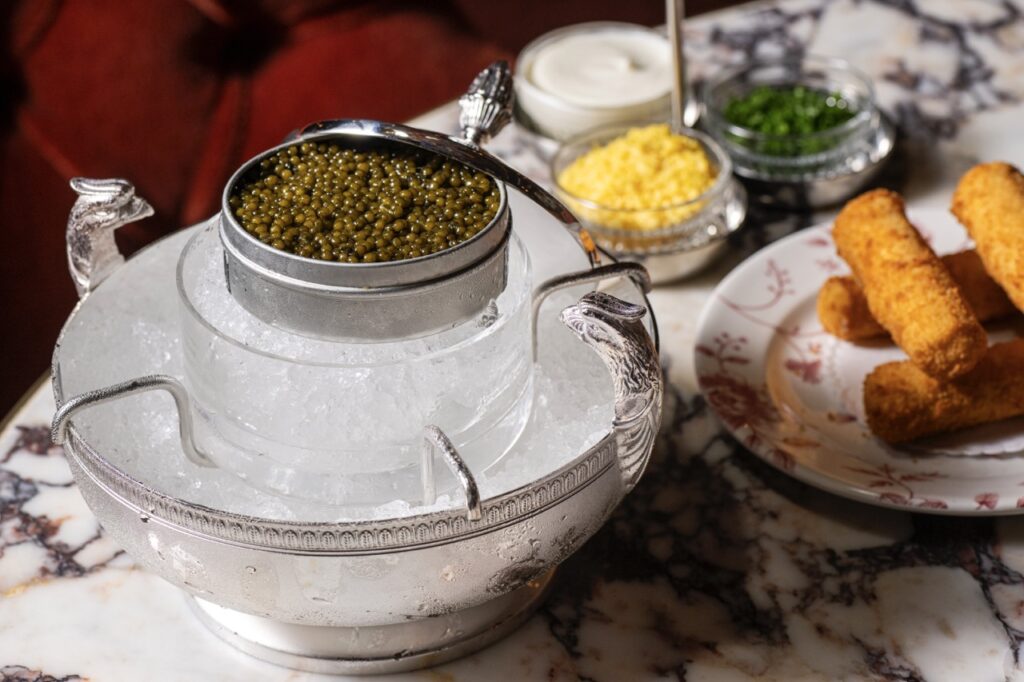
Afterwards, head to the dark and moody Portrait Bar for a destination-named cocktail, such as the “Oaxaca”, which contains Oaxacan gin, Empirical Ayuuk, Contratto aperitif, lime sherbet, hibiscus, and chocolate. If you can still walk, the journey to your room will take you through dimly-lit, rosy-colored corridors clad in a mix of striped and tropical papers with bordered blue carpets underfoot.

Restaurants Near Fifth Avenue Hotel
If you’re in the mood to actually leave the hotel, there are several exquisite restaurants nearby, including Eleven Madison Park (Michelin 3-star, plant-based), Scarpetta (refined Italian in a beautiful space), and Junoon (upscale, modern Indian). It’s always worth checking out if there is an art installation in Madison Square Park. (The original Shake Shake location is in the corner of the park in case you have a sudden craving for fries.) Although it isn’t nearby, the reopened Frick Collection, among the best museums in New York, is a must see for anyone coming to visit.
Story by Stephen Treffinger
Hotel Photos by William Abranowicz
Food Photos by Evan Sung
Subscribe to TABLE Magazine‘s print edition.
